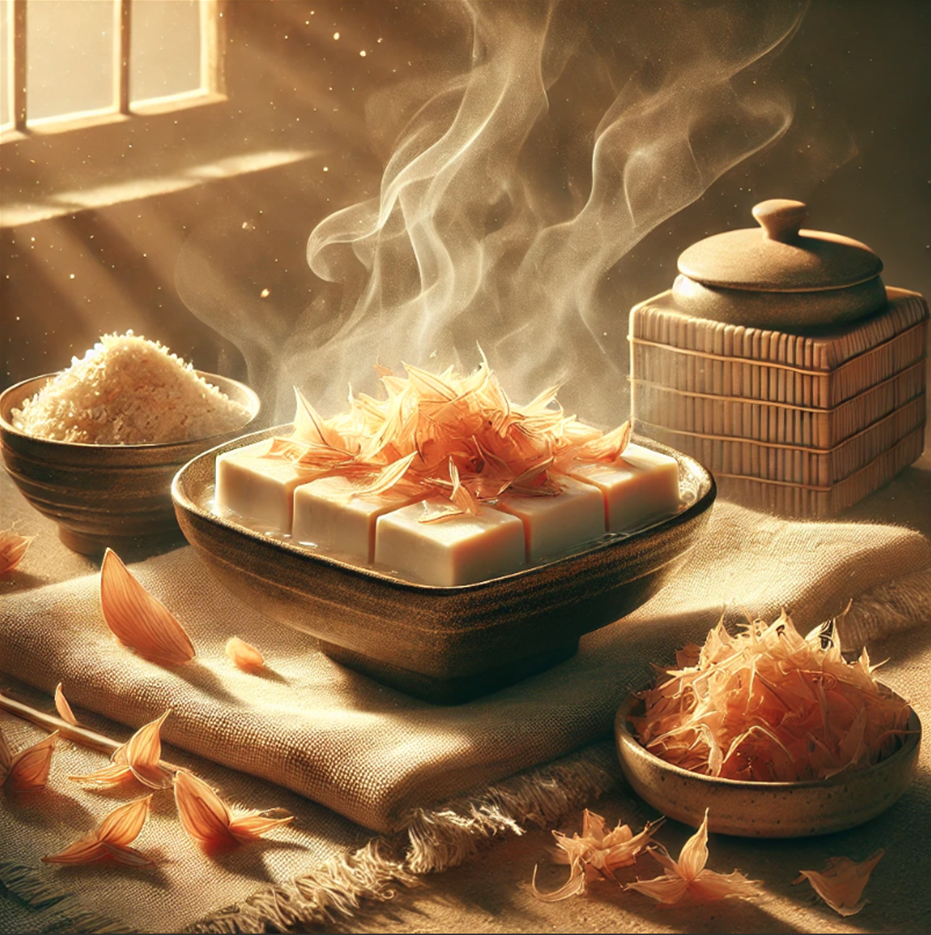About #MISO 味增知识
- Haruki Trading

- Nov 2, 2022
- 2 min read
Updated: Apr 20, 2023
How is Miso Made?
Miso production begins with koji, a fungus used for making many popular fermented foods in Japan. The scientific name for koji is Aspergillus Oryzae, and it’s used to develop complex flavors in foods the same way bacteria and mold are used to create flavors in cheese. To make koji, spores are added to a starter material of steamed rice or a mixture of rice and soybeans.
As the koji incubates, it turns starches into sugar and releases glutamate to create umami flavor. Miso is made by adding koji to soybeans, rice, or barley and allowing the mixture to ferment even further to produce flavors of varying intensity. Depending on the ratio of rice and barley and the length of fermentation, different flavor profiles can be created.
White Miso
Made with fewer soybeans and a higher concentration of koji, this type of miso has a short fermentation period. The flavor is described as sweet and mild, making it perfect for dressings, soups, or marinades. It’s also known as shiro miso and is light in color.
Red Miso
Also called aka miso, this miso has the longest fermentation time and a more concentrated flavor. Tangy and salty, red miso is made with a larger amount of fermented soybeans than white or yellow miso. Its pungent flavor goes a long way and helps to add depth to stews and hearty dishes.
Nutritional Benefits of Miso
Miso is considered a superfood with a variety of health benefits. Just like other fermented or cultured foods, the probiotics in miso help to support a healthy digestive system. In addition to containing all the amino acids needed to make a complete protein source, miso contains manganese, copper, and zinc. It’s also a source of omega-3 fatty acids, B vitamins, and vitamin K. This nutritious paste has a high sodium content, so it should be used in moderation. Thanks to its rich flavor, a little goes a long way. In order to preserve the probiotics in miso paste, add it to your finished recipes so that the microorganisms are not destroyed by high heat.
味噌是怎么做的?
味噌是日本的传统发酵食品。如同奶酪一样,它是由细菌和霉菌发酵和成熟的,发酵味噌用的麹是由多酶组成,例如蛋白质降解酶“蛋白酶”和淀粉降解酶“淀粉酶”。通过在大豆、大米和大麦中添加麹并进一步发酵,可以创造出各种风味。
白味噌,使用较少的大豆并增加了麹的浓度。味道柔甜且温和,是调味品、汤和腌泡汁的理想选择。由于颜色较浅,它也被称为白味噌。
红味噌,大豆的含量高于白味噌或黄味噌,其咸味和浓缩味有助于增加炖菜和丰盛菜肴的深度。同时,高盐分浓度,使其能够长期保存。
味噌的营养价值包括比其他发酵食品更多的锰、铜和锌。它也是 omega-3 脂肪酸、B 族维生素和维生素 K 的来源。




Comments